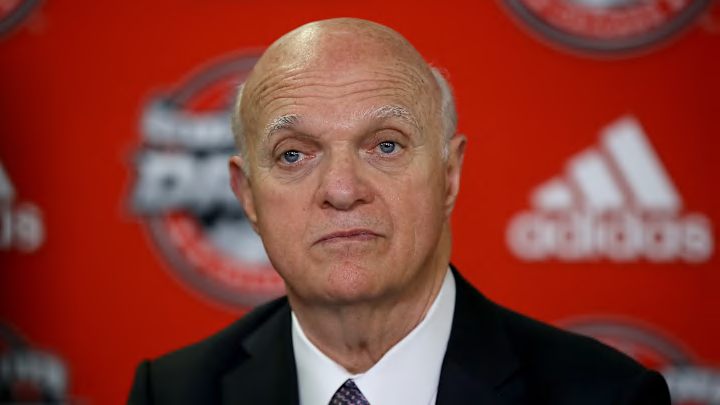Conclusion
There is a healthy mix of good, bad, and ugly things that transpired over Lou Lamoriello’s tenure in Toronto.
It can’t be understated how he was able to turn the Leafs into a respectable team. Though Dubas and Shanahan started the tank job, traded for Hyman and made the Kessel Trade that allowed the Leafs to draft Auston Matthews, Lamoriello was hired in May of 2015 and oversaw the summer and final season of the tank job, which was ultimately very successful.
I would say that his biggest flaw was his asset management between handing out some poor contracts and immediately pivoting to buying players by using the assets they were supposed to build their foundation with.
Given his draft record though, I’m not sure it would have made much of a difference anyway, again playing into asset management.
The team’s philosophy at the draft table was very outdated and left many scratching their heads.
Rather than swing for upside in many cases they seemed to go for low-ceiling high-floor players but even then whiffed way too many times. His allocation of capspace was strange as well, he squeezed the young players like Mitch Marner into taking no performance bonuses which is fairly unprecedented and came back to bite the team.
He also attempted to do the same with Matthews but ultimately was forced to give in. He then signed veteran players like Patrick Marleau and Matt Martin to bad contracts and gave way too much money to Nikita Zaitsev.
Overall, his tenure was successful but deeply flawed and arguably set the team back with his contracts and poor draft record.
